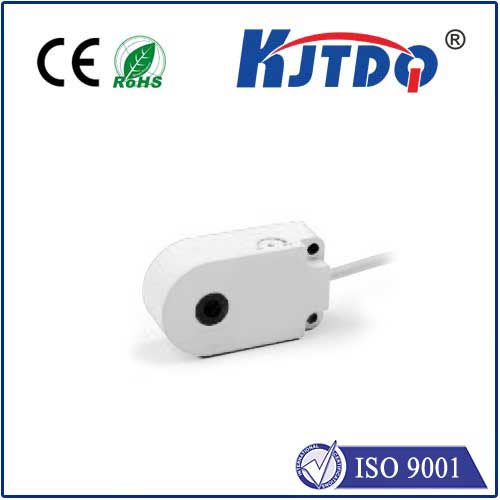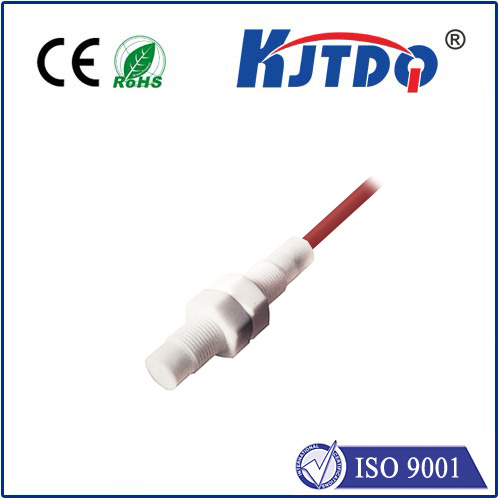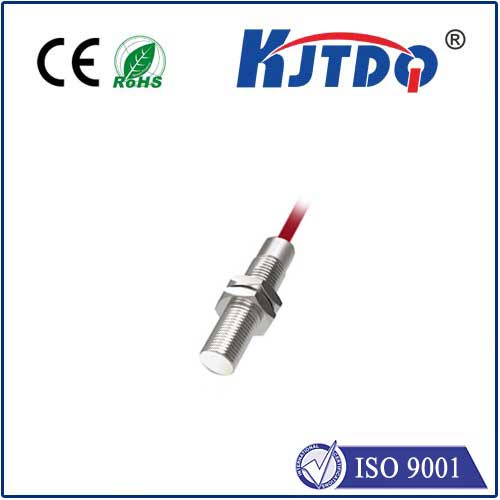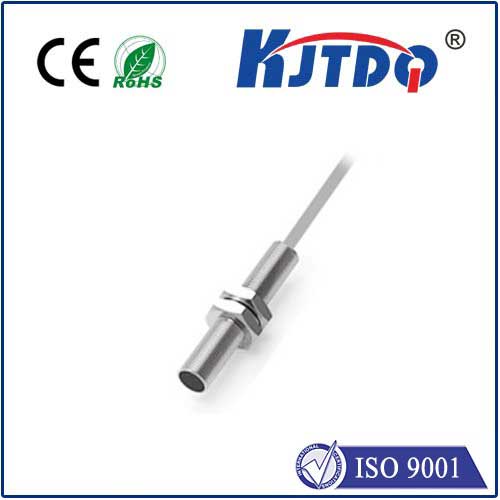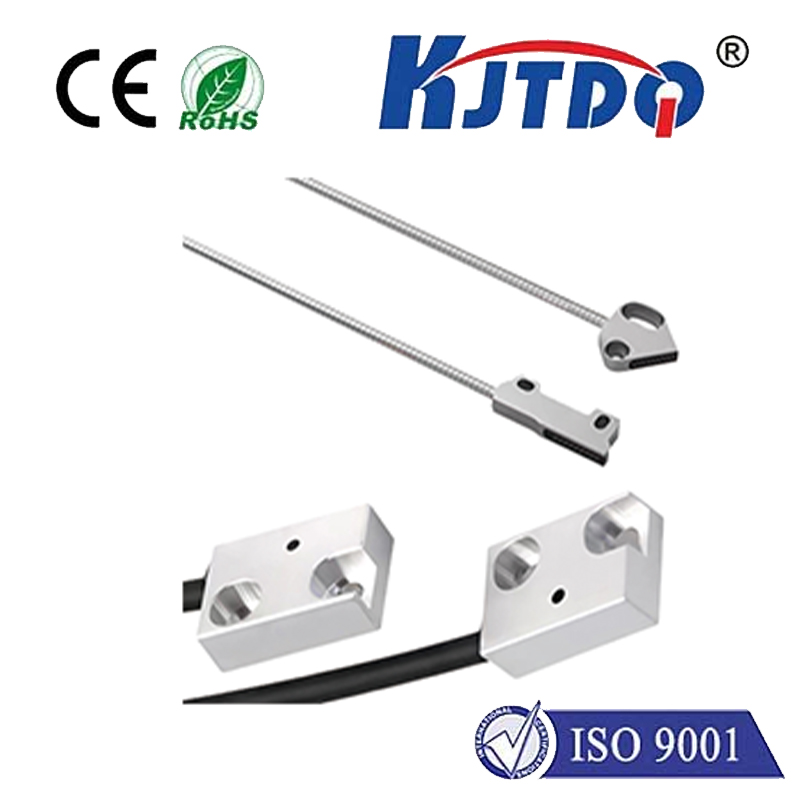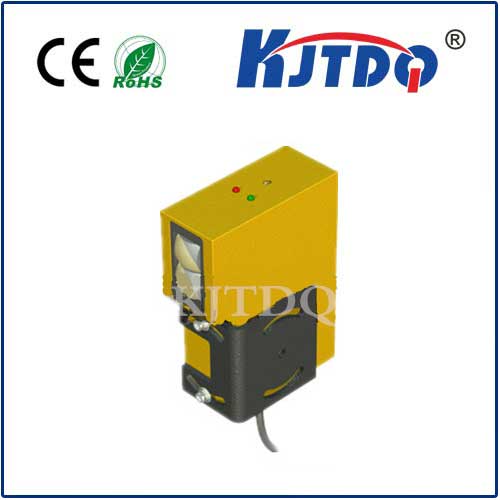30m distance photoelectric sensor
- time:2025-09-14 00:05:22
- Click:0
Mastering Long-Range Detection: The Critical Role of 30m Photoelectric Sensors
Imagine safeguarding a sprawling automated warehouse, monitoring vehicles on a lengthy conveyor, or ensuring perimeter security across vast industrial yards. The challenge? Reliably detecting objects or presence at significant distances, often in demanding environments where cables and power are scarce. This is precisely where 30m distance photoelectric sensors become an indispensable engineering solution, pushing the boundaries of non-contact sensing far beyond typical ranges.
These sophisticated devices represent the pinnacle of photoelectric sensing technology, engineered to project a light beam capable of accurately detecting targets up to thirty meters (98 feet) away. Unlike standard photoelectric sensors limited to a few meters, 30m variants incorporate specialized optical components, powerful light sources (often high-intensity LEDs or sometimes lasers), and advanced signal processing electronics. This combination enables them to overcome the natural attenuation of light over distance and combat environmental interference like dust, fog, or ambient light fluctuations. Long-range detection capability unlocks solutions previously reliant on more complex or expensive systems.
Core Technology: How They Achieve Extended Reach
The magic behind a reliable 30m sensing range lies in several key technological enhancements:

- High-Intensity Light Emission: These sensors employ exceptionally powerful LEDs, frequently in the visible red or infrared spectrum. Infrared (IR) is often preferred for its better penetration through certain airborne particulates and reduced visibility.
- Precision Optics: Specially designed lenses focus the emitted light into an intense, narrow beam. This collimation minimizes beam divergence over distance, ensuring sufficient light intensity reaches the receiver even at 30 meters. Receiver optics are similarly optimized to efficiently collect the returning or interrupted light signal.
- Advanced Signal Processing: Sophisticated electronic circuitry is crucial. It must amplify the weak returning signal (in retro-reflective or diffuse modes) and effectively filter out background electrical noise and optical interference (ambient light rejection). Techniques like synchronous demodulation are commonly used.
- Robust Housing & Construction: Designed for industrial settings, these sensors feature durable housings (often metal) to withstand vibration, impact, and harsh chemicals. IP67 or IP69K ingress protection ratings are common, ensuring reliable operation despite dust and water exposure.
Primary Operating Modes for 30m Applications
These sensors excel in specific configurations suited for long ranges:
- Through-Beam (Sender/Receiver Pair): This is the most reliable method for achieving the full 30m distance. The sender unit emits the light beam, and a physically separate receiver unit detects it. An object is sensed when it interrupts the beam. Time-of-flight measurement principles are often used here for precise positioning. Key Advantage: Highest reliability and longest achievable sensing distance.
- Retro-Reflective: In this mode, a single sensor unit houses both the emitter and receiver. The emitted beam travels to a specialized retro-reflector (like a corner-cube prism) designed to bounce the light directly back to the sensor’s receiver. An object breaks the beam path. Key Advantage: Simpler installation than through-beam (only one sensor unit to wire, reflector is passive), achieving ranges close to 30m, though slightly less robust than through-beam in highly contaminated environments due to the requirement for the beam to travel twice the distance.
- Long-Range Diffuse (Limited Use): While primarily designed for through-beam and retro-reflective applications, some advanced 30m sensors offer diffuse modes using powerful background suppression (BGS) or foreground suppression (FGS) technology. This allows detecting objects without a reflector, but the effective range in diffuse mode will be significantly less than the rated 30m, typically maxing out around several meters reliably due to the dependence on reflected light intensity.
Where 30m Photoelectric Sensors Shine: Critical Applications
The ability to detect reliably at 30 meters solves complex problems across numerous sectors:
- Large Material Handling & Logistics: Monitoring pallets, carts, or AGVs (Automated Guided Vehicles) on extensive conveyor lines, rail tracks, or wide warehouse aisles. Ensuring crane positioning or detecting vehicles at dock doors from a distance.
- Packaging & Bottling Lines: Overseeing long transfer conveyors between different processing stages or packaging machines, detecting jams or product presence over large areas.
- Automotive Manufacturing: Monitoring vehicle bodies on long assembly lines, controlling overhead conveyors spanning large factory sections, or perimeter safeguarding for large robotic cells.
- Outdoor & Perimeter Security: Detecting vehicle or personnel movement around large facilities, storage yards, or critical infrastructure from protected vantage points, often integrated with security systems. Robust environmental sealing is vital here.
- Forestry & Lumber Processing: Monitoring log movement on lengthy infeed decks, detecting large timber pieces on sorting lines, or safeguarding machinery in large sawmill operations.
- Parking Guidance & Traffic Management: Detecting vehicle presence in long parking bays or monitoring traffic flow on access roads within large facilities.
Selecting and Implementing Your 30m Photoelectric Sensor
Choosing the right sensor requires careful consideration:
- Operating Mode: Determine if through-beam (most reliable for max range/harsh conditions) or retro-reflective (easier wiring/installation) suits the application best.
- Light Type: Visible red beams aid alignment but can be distracting. Infrared (IR) is invisible, better in dusty/foggy conditions, and more discreet for security.
- Environmental Factors: Assess exposure to dust, moisture, chemicals, temperature extremes, and vibration. Ensure the IP rating (e.g., IP67, IP69K) matches the environment.
- Target Characteristics: Consider the size, color, and material of objects to be detected. Though primarily for beam interruption, understanding reflectivity can help in retro-reflective mode alignment.
- Output Type & Connectivity: Select the required output signal (PNP/NPN transistor, relay, analog) and connectivity (cable, M8/M12 connector).
- Alignment Aids: Look for models with powerful visual or audible alignment indicators (often bright LEDs or buzzers). Precise alignment is critical for reliable operation at 30 meters. Robust mounting hardware is also essential to maintain alignment.
- Power Supply: Ensure compatibility with the available DC voltage (commonly 10-30V DC).
Installation Best Practices: Mounting stability is paramount. Use sturdy brackets. Employ alignment tools offered by the sensor. For through-beam, ensure sender and receiver are precisely aligned. For retro-reflective, ensure the reflector is clean, correctly sized, and mounted securely. Shield the beam path from intense, direct ambient light if possible. Regularly cleaning lenses and reflectors maintains optimal performance. Long-range photoelectric sensors are engineered for resilience, but proper setup ensures they deliver their promised 30m detection capability consistently.








